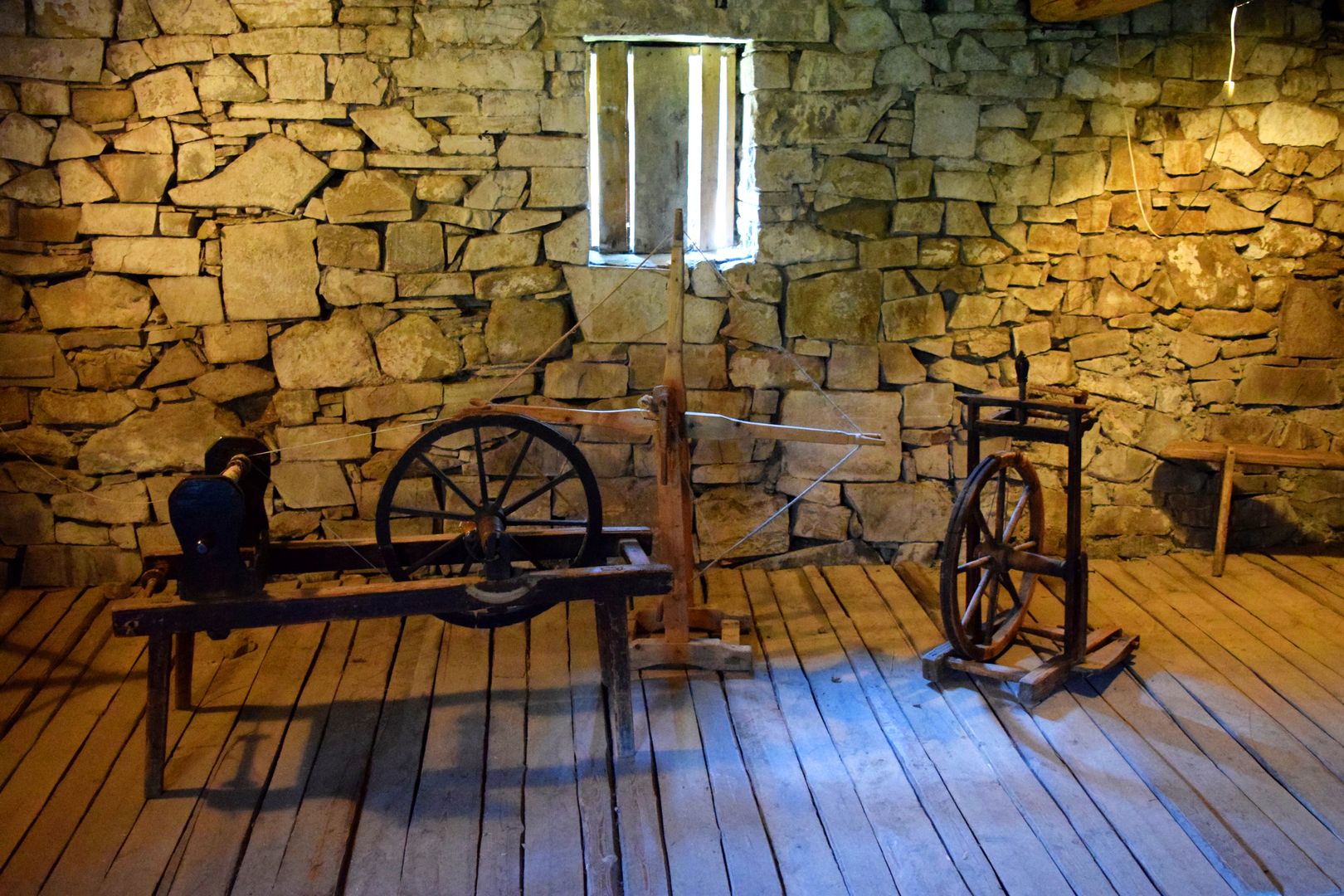Korkosz Homestead in Czarna Góra
6.75

Overview
The Korkosz Homestead in Czarna Góra is a unique historical site dating back to the late 19th century, which underwent numerous transformations, including an expansion initiated by Alojzy Chyżny in 1919. In the 1930s, a fire broke out, after which new investments were made, such as the construction of an entrance gate. In the following years, the homestead continued to be expanded, but by the late 1940s, the Korkosz family had moved to Slovakia, and the property was temporarily inhabited by a monk-herbalist. In 1980, the family donated the homestead to the State Treasury with the wish to establish a museum, and between 1981 and 1983, the Tatra Museum carried out renovations and created an ethnographic exhibition showcasing the life of a wealthy family in the Spiš region during the 19th and 20th centuries.
Architecturally, the homestead is U-shaped and consists of residential and farm buildings. The residential building features a log structure, a double-pitched roof covered with wood shingles, and a distinctive bay window. Inside, various rooms such as the entrance hall, kitchen, great room, and summer room have been partially preserved and made accessible to visitors. The farm buildings are maintained in the style of local architecture, including a barn, sheepfold, stable, and carriage house, some of which have roofs finished with wood shingles, typical of the region.
An interesting aspect is that the homestead not only illustrates the living conditions of its inhabitants but also serves as an important element of the local culture and history of Spiš. Additionally, the homestead features a weaving workshop and a carpentry workshop, highlighting the artisanal traditions of the area. The Korkosz Homestead has become a significant landmark on the cultural map of the region, showcasing the history, culture, and traditions of Spiš and offering visitors a glimpse into the lives of past generations.
Location
2025 Wizytor | All Rights Reserved